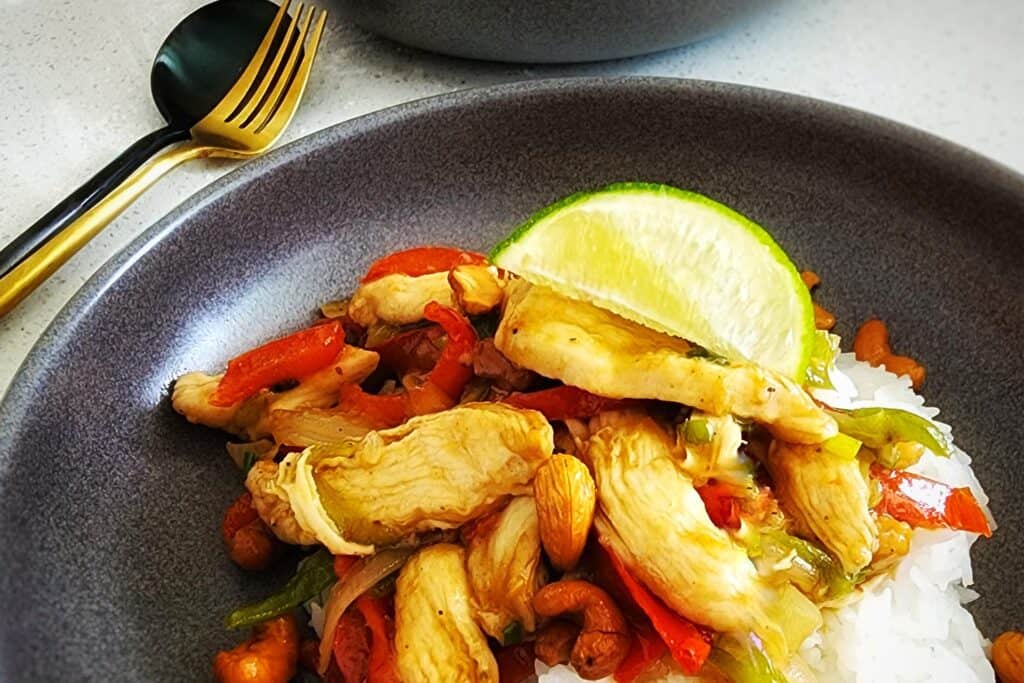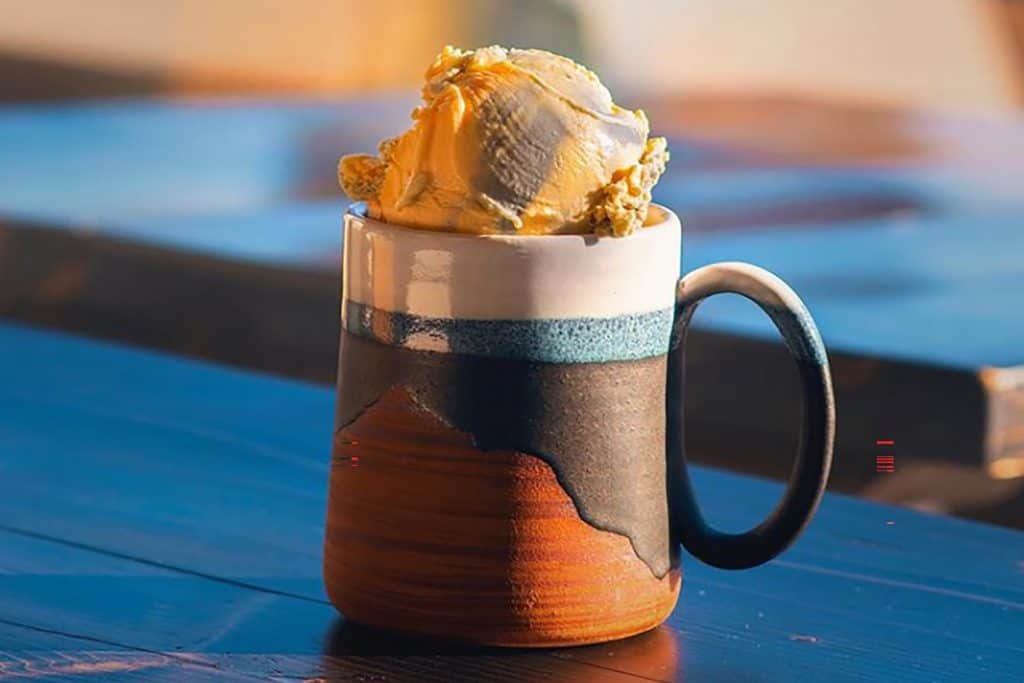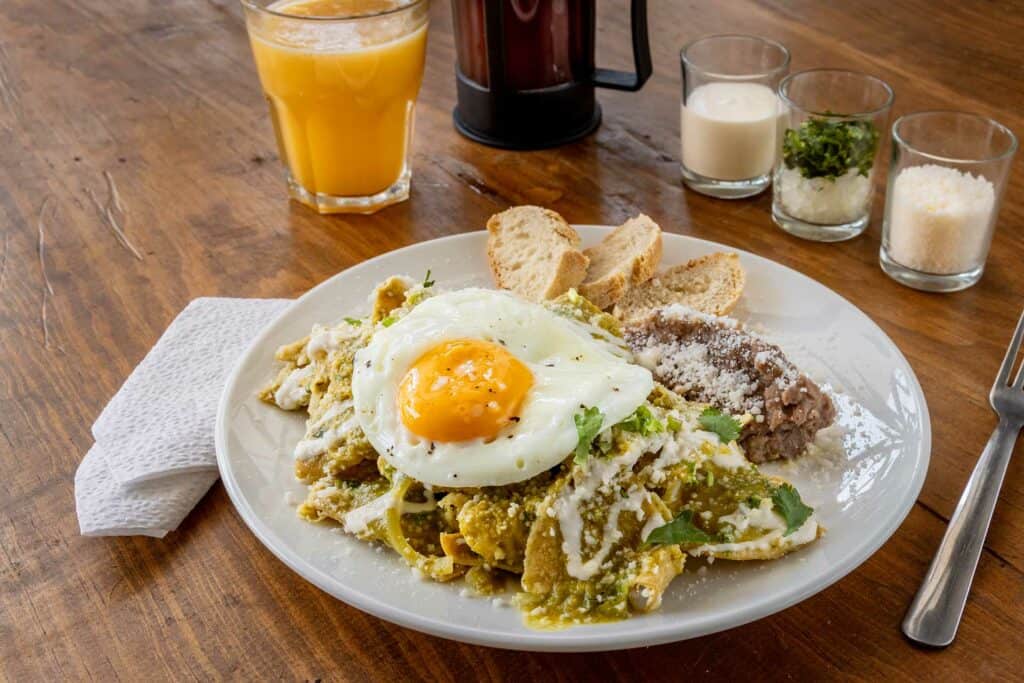Origins of Spam in Filipino Cuisine
Spam is a shorthand combination of two phrases: spiced pork and ham. It was originally introduced to the Philippines in 1937 by an American company, Hormel. At the time, it was brought in to feed troops at the peak of World War II, consuming around 15 million cans per week. Post-WW2, the Philippines were in a recession and desperate for food—resorting to eating surplus army rations for survival. Since then, Filipinos have loved spam, making it a regular part of their diet: as a side for garlic fried rice, as a bacon replacement, and in many other applications.
Filipino breakfast wouldn’t be the same without the existence of spam, homemade or store-bought!

Ingredients
- 1 ½ pounds (680g) ground pork shoulder
- 8 ounces (225g) ham, diced into 1-inch (2.5cm) chunks
- 2 teaspoons pink curing salt
- 1 tablespoon sugar
- 1 tablespoon cornstarch
- 1 tablespoon kosher salt
- ⅓ cup (75 ml) room temperature water
- ⅓ cup (75 ml) cold water
- 1 clove garlic, microplaned or grated
- ½ red onion, microplaned or grated
- 2 tablespoons canola or other neutral oil, for frying
- Soy sauce, for frying (optional)
- Cane sugar, for frying (optional)
When buying the ground pork shoulder at the butcher’s or pre-packaged at the supermarket, ask or look for a medium-coarse grind with a ratio of 30% fat to meat. 20% works fine as well, but more fat yields more flavour when fried.
How to Make Homemade Spam
Note: This recipe is from Filipinx by Angela Dimayuga & Ligaya Mishan.
Instructions
- Preheat the oven to 250°F (120°C).
- Take the diced ham and grind it in a food processor or meat grinder for around one minute until everything is consistent.
- In a large bowl, combine pink salt, sugar, cornstarch, kosher salt and ⅓ cup (75ml) of room temperature water. Then add the ground pork and ham to the mixture followed by microplaned garlic, onion and cold water. Mix until everything is fully incorporated.
- Split the meat mixture between two 8-inch x 4-inch (20 cm by 10 cm) loaf pans evenly. Make sure to press out any air bubbles and level it off before placing into the oven.
- Place the loaf pans within a large baking tin or casserole dish and carefully pour hot water up to halfway mark of the loaf pans. This is known as a bain-marie or water bath, which helps ensure your loaves bake slowly and evenly without their sides browning prematurely.
- Place the baking tin or casserole dish into your oven and bake the loaves for around 3 hours, until they reach a temperature of 155°F (70°C) internally and feel stable to touch.
- While the baking tin or casserole dish is still in the oven, remove the loaf pans from the water bath and transfer them to a rack. Turn off the oven.
- Carefully tilt the loaf pans over the sink to get rid of any extra liquid, or pour it into a container and store in your freezer for a future pork-based dish. When still warm, be sure to cover each Spam loaf with some plastic wrap that is touching its surface directly and drapes down its edges.
- Nest your pans on top of each other to create a stack. If you have a third loaf pan, place it at the very top of the stacks for additional pressure and weight. Alternatively, canned goods, wine bottles, or olive oil can also be used as a makeshift presser!
- Cool overnight in the refrigerator.
- The following day, take out the loaves and slice them. Heat up a skillet with canola oil over medium-high heat then place those pieces in it until they become crisp to the touch. Finally, flavor it to your preference by adding soy sauce and cane sugar for potential caramelization.
- Transfer any remaining spam to the freezer and store it for up to a month, or keep it in your refrigerator for consumption within one week of cooking.
Final Thoughts
Making homemade Spam is a rewarding experience, allowing us to savor the taste of time-tested classic with some modern twists. Not only does it have limitless applications in the kitchen, but homemade Spam also makes for a creative homemade gift or token of appreciation! So why not get your hands dirty and give it a shot? We guarantee you won’t regret it!
Happy cooking!





